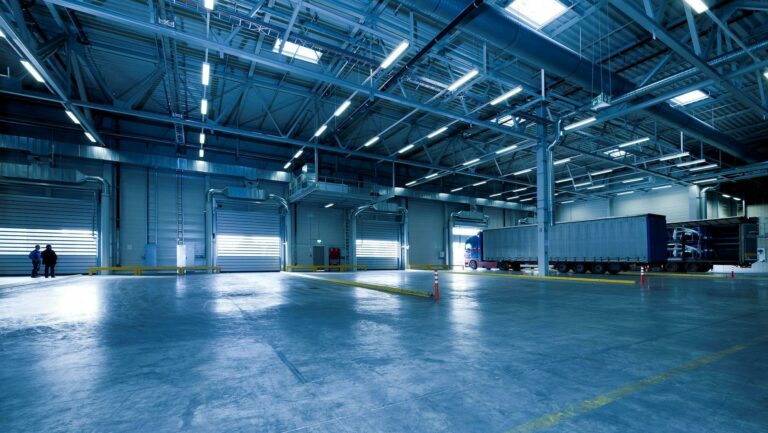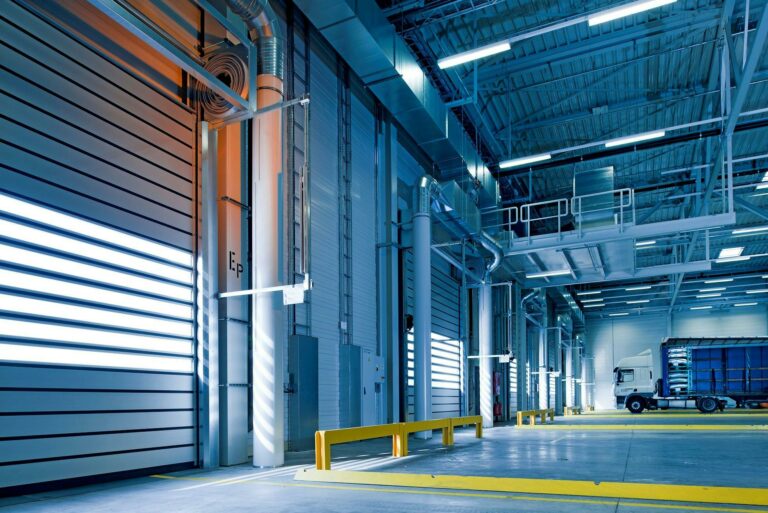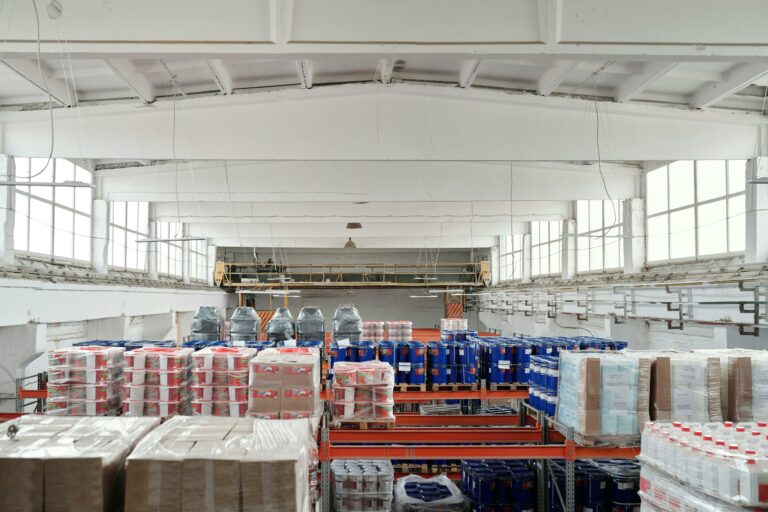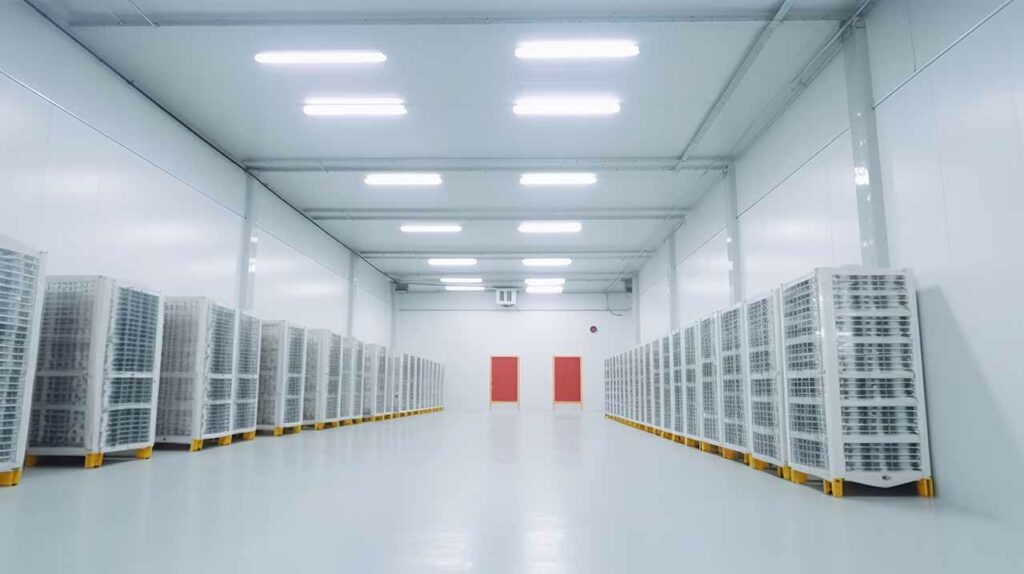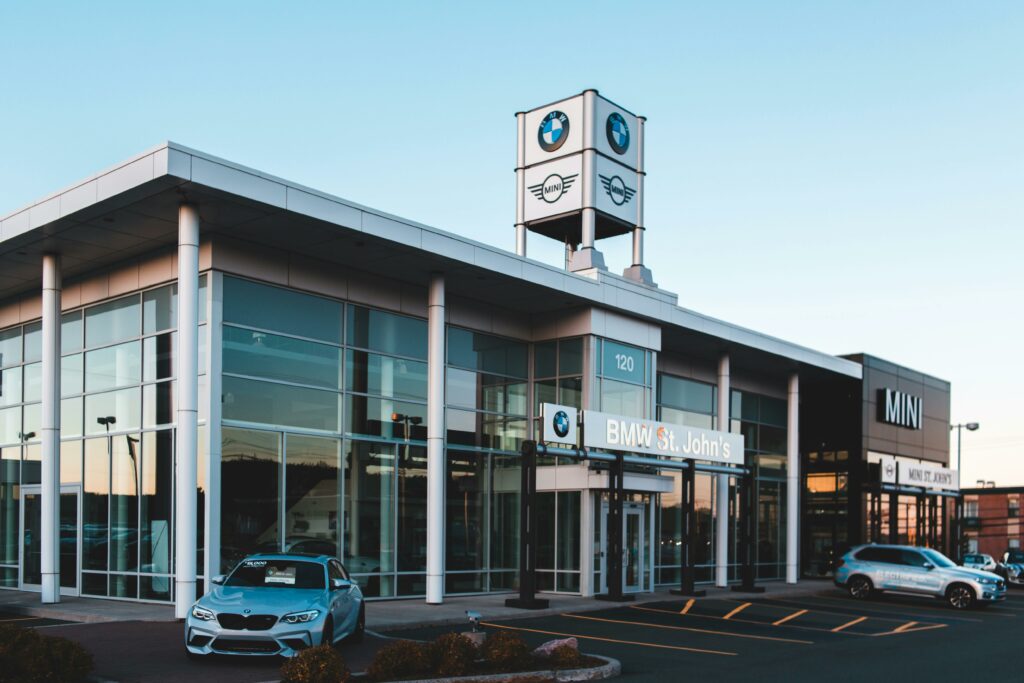When you think of industrial real estate, picture the properties that power the behind-the-scenes action. These aren’t the places you visit as a customer – they’re where the magic happens backstage.
Industrial real estate covers a wide range of uses, from manufacturing plants to research labs to massive distribution centers. Basically, any non-retail commercial operation that needs room to operate out of the public eye.
One thing these properties have in common? They’re big – sometimes mind-bogglingly big! We’re talking small (but still sizable), large, and then there are the absolute behemoths exceeding 100,000 square feet. These giants are built to handle some seriously heavy-duty operations.
So while industrial real estate may not be the glamorous, customer-facing side of business, it’s the vital backbone that keeps many industries functioning. These workhorses of the real estate world may fly under the radar, but they pack a mighty punch when it comes to economic impact.

